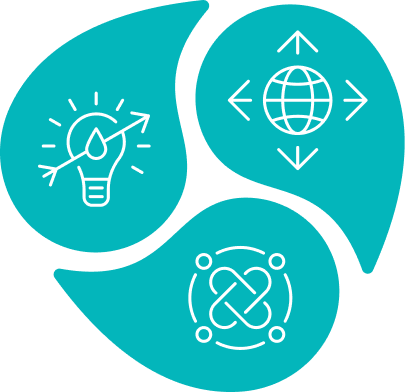At present, most regional irrigation and agricultural development agencies (ORMVA) still need Government financing to close the gap between billed charges and actual direct costs of water.
 | IWRM Action Hub |
 Case study
Case study
 | IWRM Action Hub |
 Case study
Case study
In Morocco, the consequence of increased industrialization and a rapidly growing population accentuated by a progressive shift from rural to urban living. This resulted in the growth of requirements for the quality and quantity of water resources, and their more intensive and comprehensive use.
In Morocco, there are approximately 7.7 million hectares of arable land of which 1.6 million ha are potentially irrigable (1.3 million ha of perennial irrigation and 300 000 ha of seasonal irrigation), water resources availability being the limiting factor. As of now, irrigation accounts for 88% of the water use compared to 8% for domestic use and 4% for industry.
The government policy in the agricultural sector has always favored investments in the irrigation subsector. These investments have accounted for more than 60% of the total public investments in agriculture since 1965. The goal was to put under perennial irrigation 1 mill. ha by the year 2000. This is referred to as the "million-hectare" policy.
There are both Small and Medium Scale (SMI) and Large Scale (LSI) irrigation systems. The SMI projects range from few to several thousand hectares. They are mainly traditional systems some of which have been developed for centuries.
A number of reforms in the agricultural sector have taken place to liberalize agriculture and food prices, reduce subsidies and restructure public expenditures in the sector. To meet the challenges posed by the growing water scarcity, Morocco has adopted an integrated approach to water resources management through mutually reinforcing policy and institutional reforms.
The major policy reforms adopted are the following:
In addition, Morocco has adopted an “interventionist” type of irrigation policy for LSI systems development to promote the rational use of water resources and to overcome the constraints related to the situation of its peasants. The framework of this policy is defined by a variety of laws grouped in the “Code of Agricultural Investment” (1969).
This Code is regarded as a contract between State and farmers to build the national economy through irrigation development. The state pays for the dams, the irrigation network and necessary on-farm development. It provides credit, selected seeds, fertilizer, farm equipment etc. Finally, it guaranties the prices of certain crops through contracts.
In turn the farmer is obligated to farm his irrigated land in the national interest, to follow the norms imposed for this hydraulic sector, and to r the State 40% of the investment costs and 100% of operation & maintenances costs through a land improvement tax and volumetric water charges.
The implementation of pricing reforms requires a holistic approach. In Morocco it is part of a holistic approach called LSI Improvement Program with the main objectives of efficiency, cost effectiveness and sustainability of the large-scale irrigation subsector, divided in three major and interrelated areas:
At present, most regional irrigation and agricultural development agencies (ORMVA) still need Government financing to close the gap between billed charges and actual direct costs of water.
An in-depth water pricing study has been carried out. As irrigation water pricing is being revised in response to water saving requirements and reduced budget transfers to ORMVAs.
| Source URL: | https://beta.toolbox.venthic.com/case-study/morocco-irrigation-water-pricing-policy-large-scale-irrigation-projects |